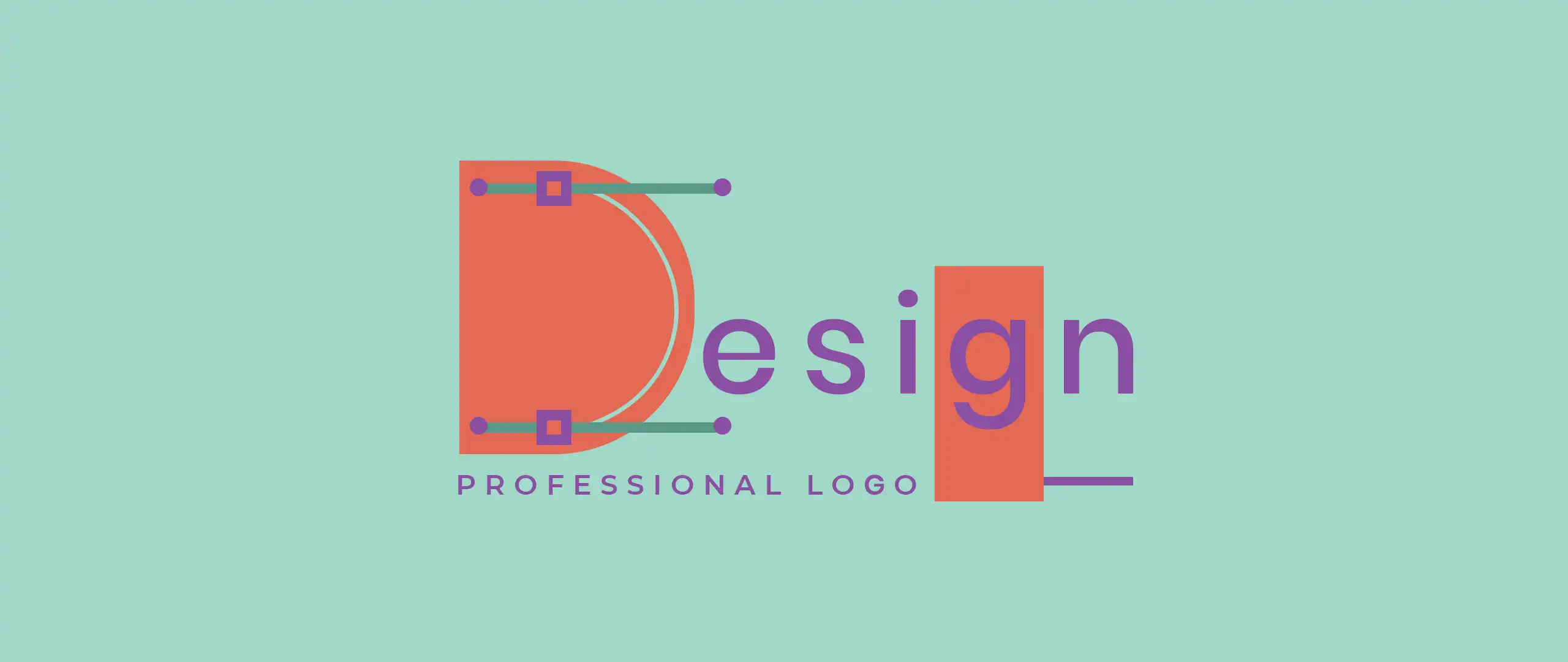Logo design requires a seasoned, experienced and skilled graphic designer. Because an experienced designer knows the golden rules of logo design, he/she can take an idea to fruition.
It all kicks off with an “ah ha” moment, a triumphant stroke of genius, or a ripple in time. Regardless what you call it, a strong idea generally sparks from a single point, and quickly develops into something notable.
But there are many factors to consider when creating or editing a logo. For instance, creating a new logo requires consideration of product, brand, or individual representation. Although the same applies when editing a logo, there are addition considerations.
When editing an existing logo you need to know whether to make big changes or minor tweaks. In general, this direction comes from the brand you’re designing the logo for. In this case, caution should be taken so as not to alienate a well established customer base.
As you can see, knowing and understanding the golden rules of logo design is critical. Moreover, logo design focuses on subjectivity and objectivity. And the key is finding the right balance between the two.
Given these points, let’s dive into 6 of the top golden rules of logo design.
1. Research and Planning
As a designer, you will learn something new on almost every new project. While designers do their jobs in different ways, there are some absolutes. For instance, before starting a logo design project, you should always do research. This will be useful in helping you plan out the design.
Additionally, get to know your client and their products and services. Doing so provides you with information to design a logo that’s more personalized for your client’s needs.
2. Golden Rules Of Logo Design: Start Simple
Thanks to your years of experience and research, you should now have a starting point in your head. Of course, the client may have also sent you some ideas. So, at this point, you would know what type of logo is required. For example, wordmark, monogram, abstract, logo symbol, emblem, letterform, mascot, or combination marks.
Even for seasoned designers, they usually start with simple shapes to form a foundation for the logo. In general, colors are added last, so sticking with black and white for now is best. Also, create several variations and formats. Doing so will help you envision the final design.
3. Make It Unique
As a designer, you have an obligation to create something unique that’s also recognizable. So, be innovative and use techniques like symbolism or metaphors. Or even find a connection that ties in wholeheartedly with the brand’s purpose. This is where some logos can become memorable. Or fail and become just another logo that serves its purpose but nothing more.
4. Aim For Easy Recall
Because its a multi-layered entity, brand identity gives off very human qualities. Generally speaking, these qualities are determined by the logo’s color, choice of elements, and shape. More often than not, simplicity induces recognition. Given that the logo should resonate with the brand’s overall purpose, simple can be an advantage. After all, there are so many brands vying for our attention.
If the logo design is simple, it can easily be recalled after just a glance. On the other hand, this is not possible with an overly detailed logo.
5. Prepare The Logo For Real Use
In addition to be aesthetically pleasing, a logo also needs to function in the real world. That is, consider the various types of mediums it will be used on. For example, social media, websites, stationery, etc. For this reason, real world use means the logo needs to maintain its clarity no matter the size.
6. Don’t Be Too Literal
Creating a little mystique around your logo design can be a clever way of ensuring it resonates with the audience. Remember all the initial commercials about Verizon years ago? For about 6 months, they ran daily TV ads that just showed their red swoosh. Abstract marks are more sustainable.
Since a logo doesn’t actually show what a company does, use colors, shapes, and marks to convey this.

